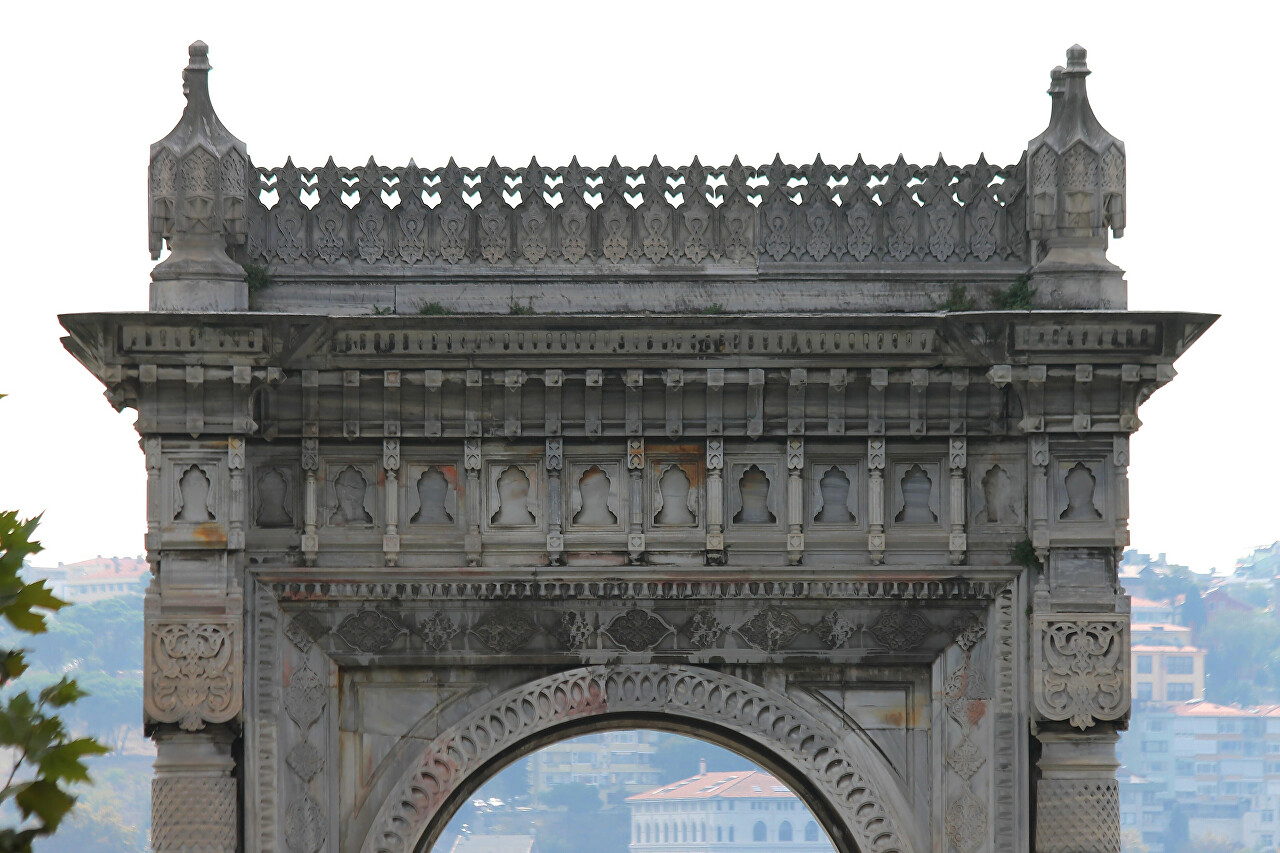Çırağan Palace (Çırağan Sarayı)
The Bosphorus coast between Beşiktaş and Ortakoy was known in the 17th century as the Kazancıoğlu Bahçeleri Gardens. In the 18th century, a flourishing culture began in the Empire, known as the "Tulip Era". During this period, zes appeared several villas and palaces belonging to the approximate sultans of that period. The first mansion was built by Nevsehirli Damad Ibrahim Pasha for his wife Fatma Sultan. Torchlight festivals called Festival of Light were held here. This gave the place its name, as Çırağan means "light" in Persian.
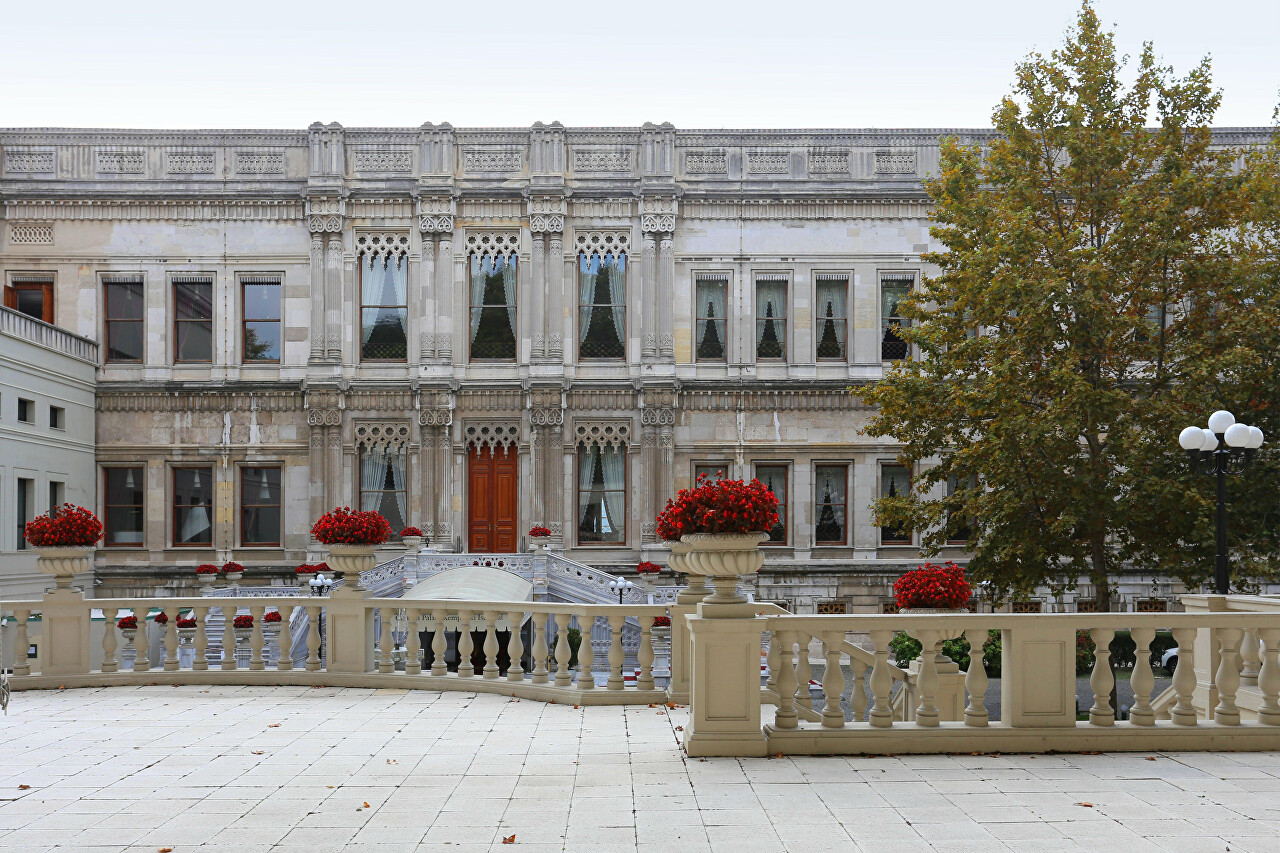
The palace that we see now was built by Sultan Abdulaziz. in the second half of the 19th century. Before that, there were two residences that belonged to previous sultans. There was a tradition that each sultan, having ascended to the throne, built a new residence for himself, for this purpose an earlier building was demolished (they were built mainly of wood). Abdulaziz was the last sultan to build a palace for himself, and all subsequent monarchs used existing palaces. Project B was the creation of the famous Balyan dynasty of court architects.
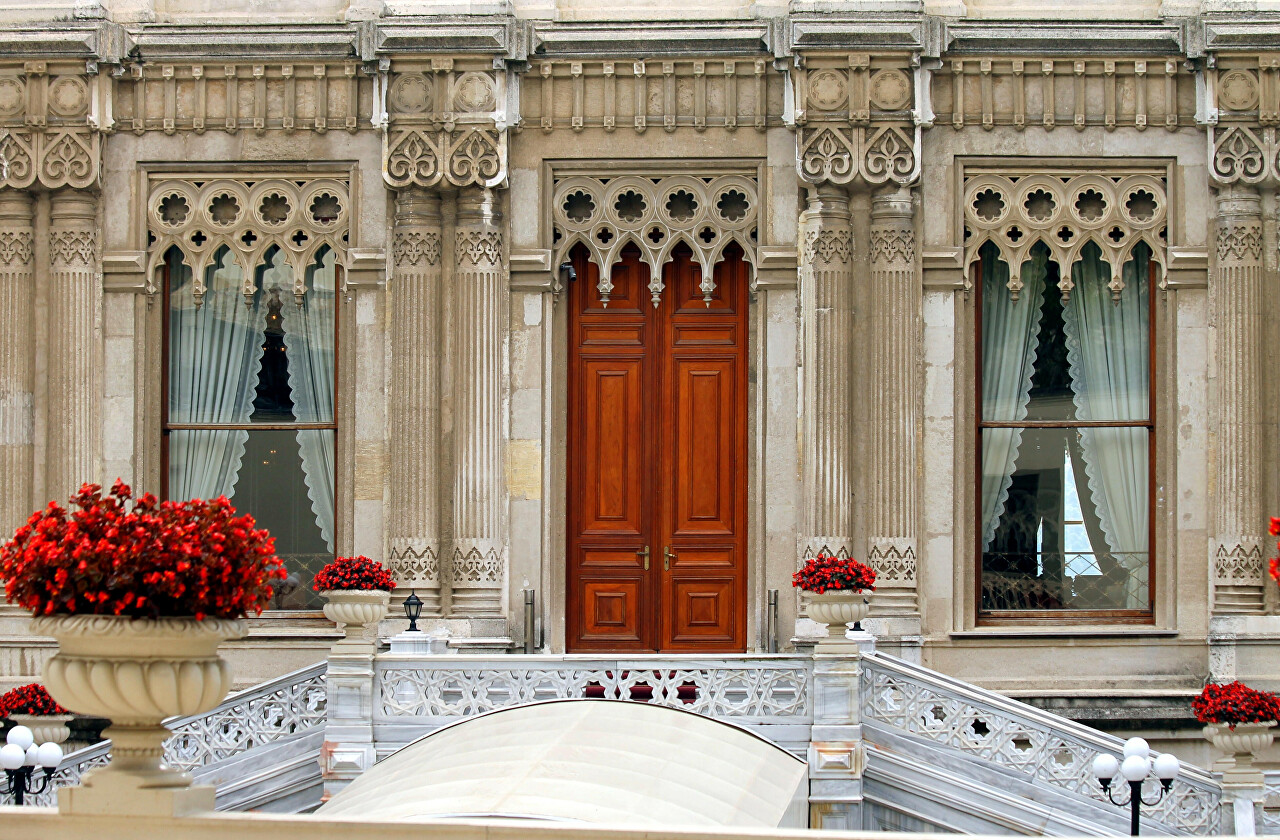
Although the previous buildings were in a fashionable European style, the Sultan wanted to have a traditional architecture. Nigoğayos Balyan used the style of Arab palaces in North Africa when developing the project. The construction was supervised by his son Sarkis and Kirkor Narcisyan. Work began in 1863, and the Sultan began to live in the palace in 1867, but the decoration continued until 1871. The value of the palace exceeded 2.5 million gold coins. Marble of various colors, porphyry, mother-of-pearl were brought from all over the world. Several interior doors made by master Vortik Kemhacıyan were unique. Each such door was worth a thousand gold coins. German Emperor Wilhelm II visited the palace and was delighted with these doors. Abdulaziz ordered another door for the master and presented it to the German Kaiser as a sign of friendship.
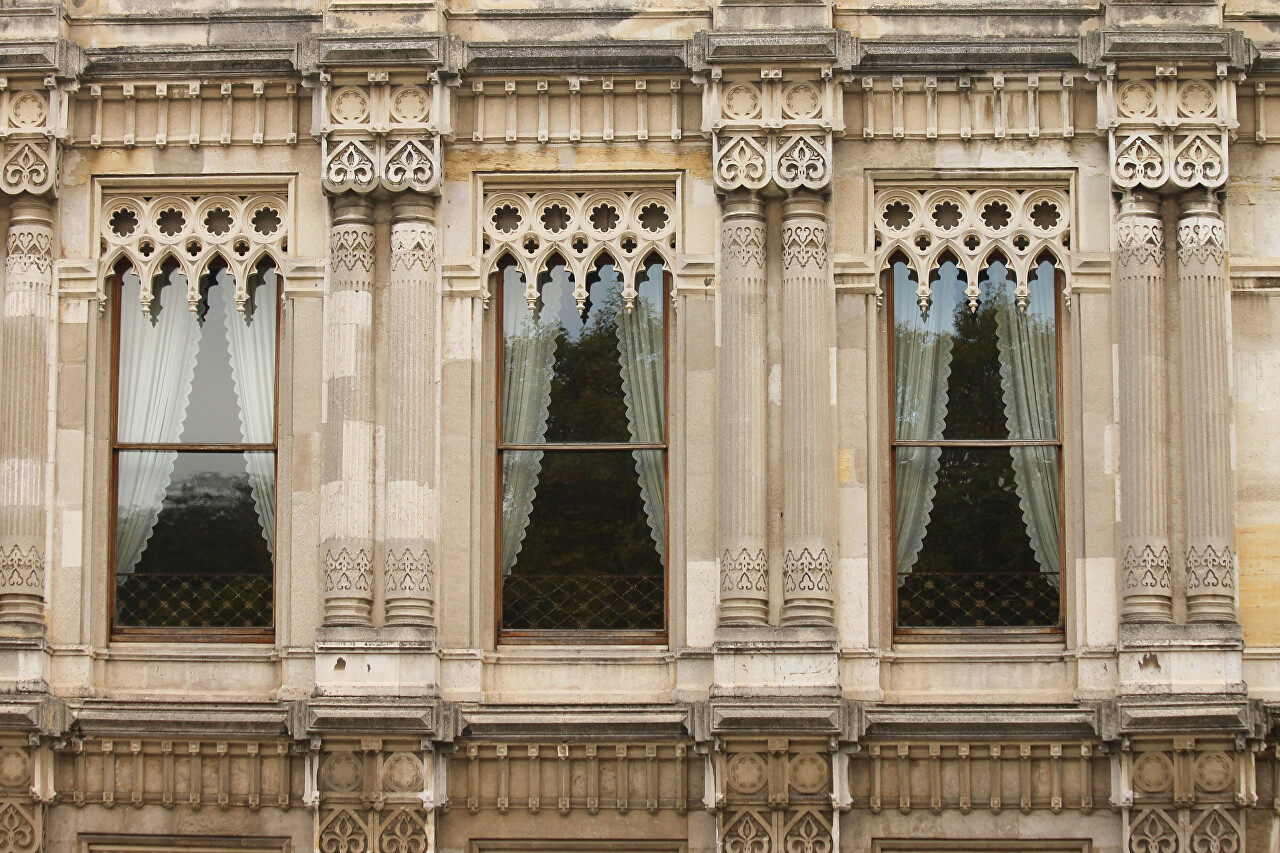
Abdulaziz lived in the Çırağan Palace until May 30, 1876, when he was overthrown in a coup. Four days later, he was found dead, with the veins in his arms cut. His nephew Murad V became sultan, but he also reigned for exactly three months. On August 31, he was declared mentally ill and isolated in the harem building, where he died in 1904. On November 14, 1909, the Çırağan Palace was used as the parliament building. On January 19, 1910, the palace burned down in 5 hours due to a fire. The fire broke out due to overheating of the heating chimney in the attic. As a result, the collection of paintings by Abdulaziz, including paintings by Aivazovsky and Rembrandt, the Murad V library and many other antique values were completely destroyed.
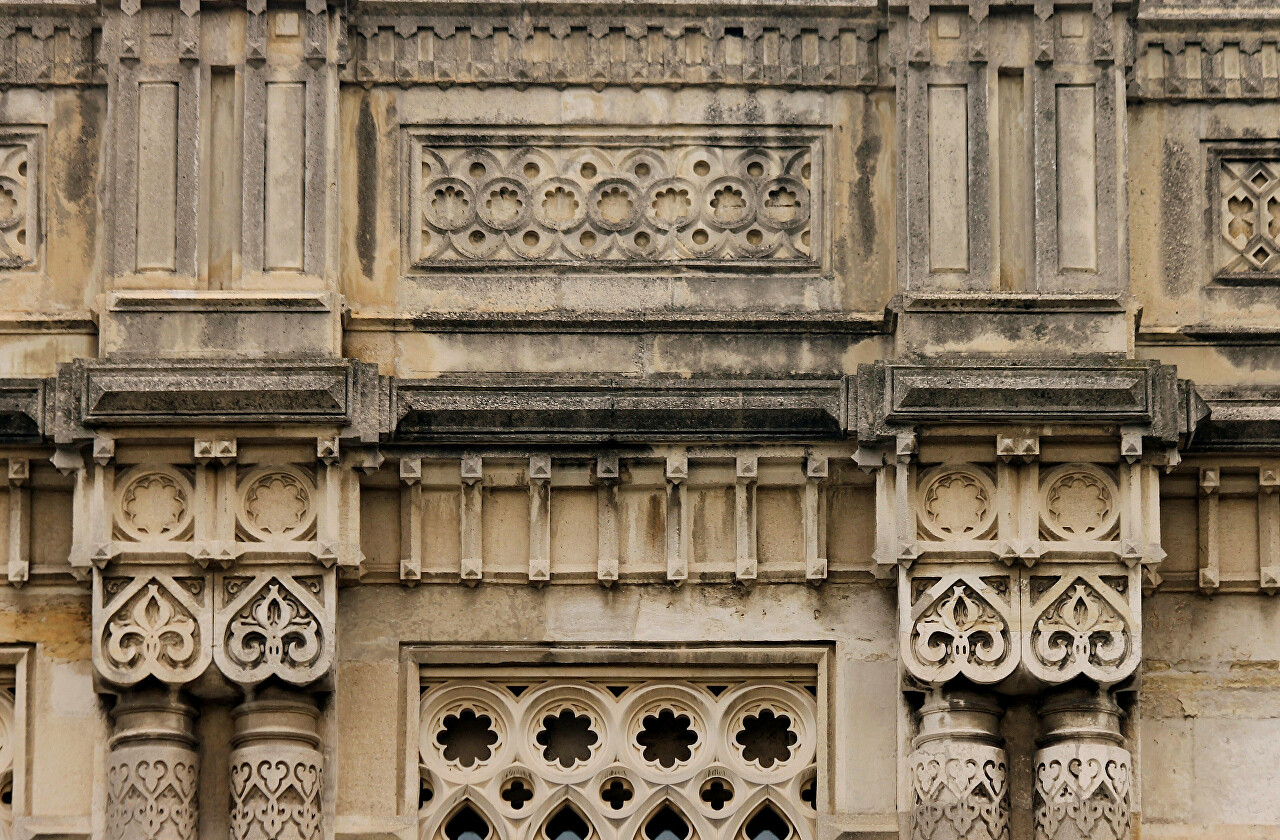
At the end of World War I, Istanbul was captured by the Western powers, and the ruins of the Çırağan Palace were used by a French fortification unit, called the Bizo Kışlası Barracks. In 1930, the garden of the palace was given over to the Beshkitash football club, the century-old trees were cut down and a stadium was built on the cleared territory. In 1946, the ruins of the palace were transferred to the metropolitan Municipality of Istanbul and for more than 40 years the city authorities could not find any use for them.
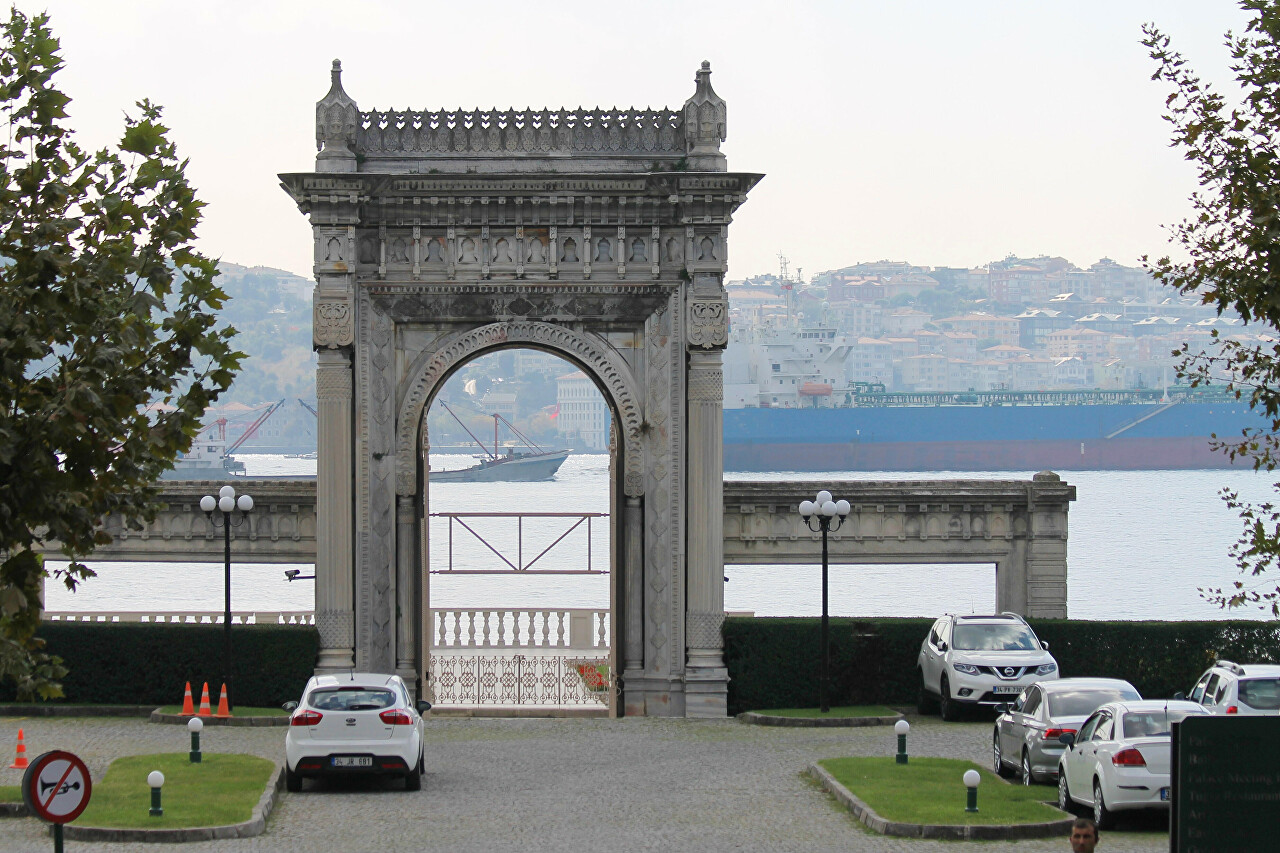
In 1987, Japanese and Turkish entrepreneurs Kumagai Gumi and Türk Yüksel bought the palace grounds for use as a hotel. In 1990, the Çırağan Palace SPA Hotel was built on the site, and two years later, the Sultan's Palace luxury apartments became available. The last reconstruction of the palace was completed on April 20, 2006.
